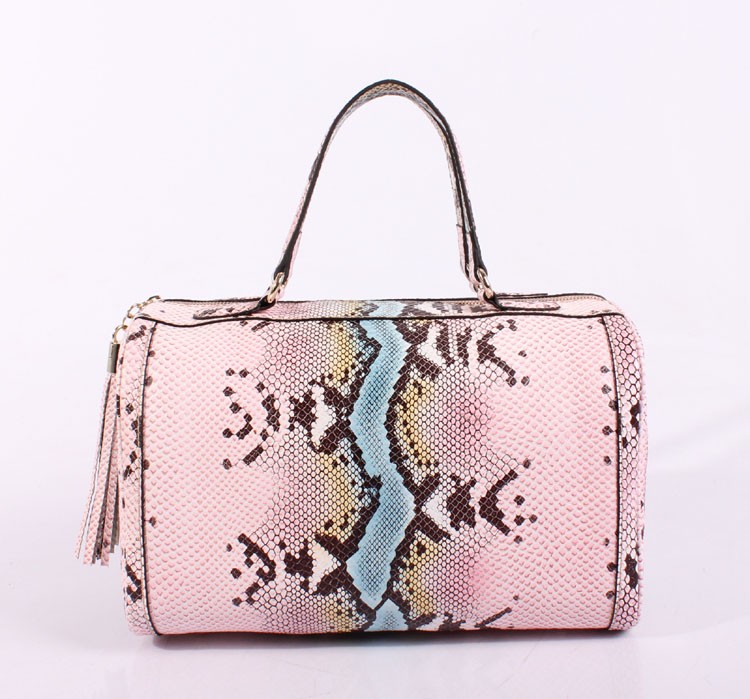UICN calls for more traceability for exotic skins
07/12/2012
 Not-for-profit organisation the International Union for Conservation of Nature (UICN) has claimed in a new report that around 20% of snakeskins coming into the fashion supply chain from south-east Asia have been sourced illegally.
Not-for-profit organisation the International Union for Conservation of Nature (UICN) has claimed in a new report that around 20% of snakeskins coming into the fashion supply chain from south-east Asia have been sourced illegally.The Convention on International Trade in Endangered Species of Wild Fauna and Flora (CITES) said at a meeting in China in April 2011 that breeding snakes and trading meat and skins has helped to preserve some species. And because snakes prey on some animals that can prevent a threat to food crops, programmes that release a proportion of snakes back into the wild are having an impact on communities’ ability to produce rice and other important foods, CITES added.
However, Geneva-based UICN says in the new report that CITES permits are routinely falsified by traders in the region.
Furthermore, the report claims that the practice in some areas of capturing python before they have had a chance to reproduce is putting populations of the species under strain in some parts of Asia. UICN says Indonesia, Malaysia and Vietnam are the principal countries of origin of python skin and that 70% of all the skins sourced pass through Singapore en route to Italy, Germany and France.
The report calls on the fashion industry to develop a traceability system for exotic skins that will make clear the country of origin of each piece. According to UICN, this would help give consumers confidence that any exotic leather they buy is from accredited sources.
Big-name fashion brands already know this is an area in which they need to operate with transparency. Earlier this year, luxury group PPR issued a set of core sustainability targets for its luxury and sports-lifestyle brands to achieve by 2016, with one of them referring directly to exotic leather.
Paris-based PPR, whose brands include Bottega Veneta, Gucci (see image), Balenciaga, Puma, Yves Saint Laurent and Sergio Rossi, announced the new guidelines as part of a wider sustainability programme at its 2012 annual general meeting.
Specific to exotic leather, the group said all skins would come from verified captive breeding operations or from wild, sustainably managed populations.











